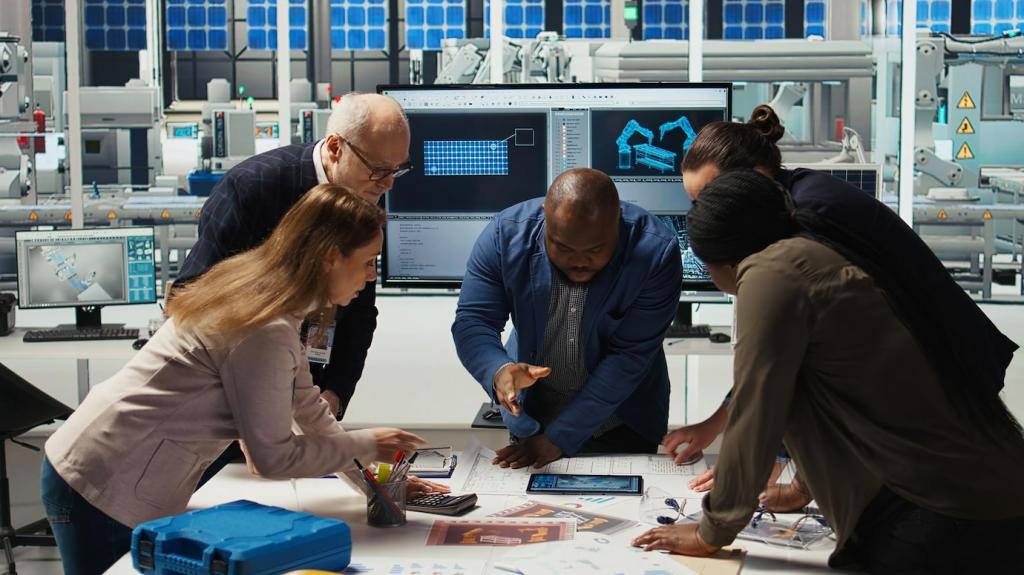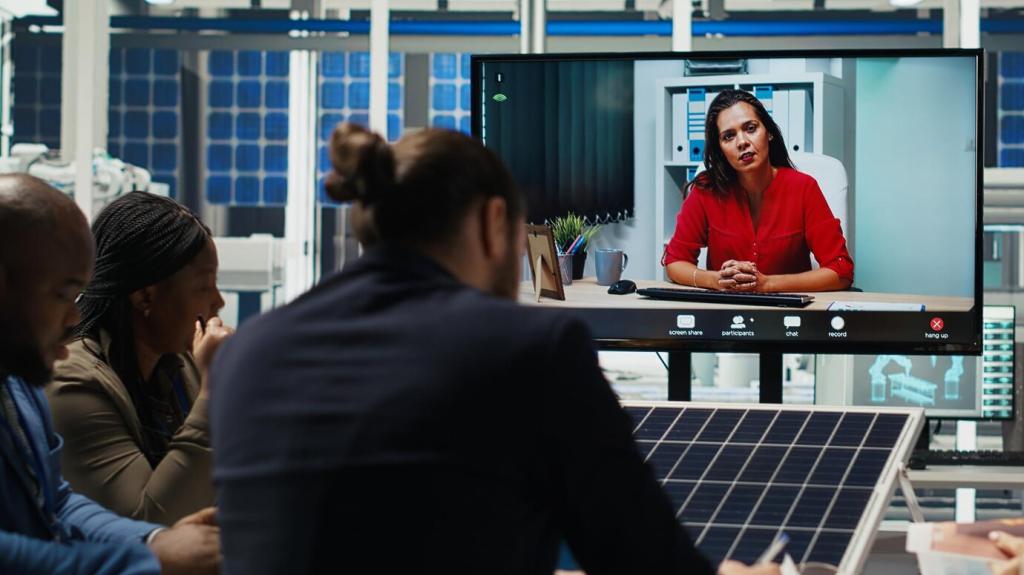Today’s chosen theme: Optimizing Manufacturing Processes with Renewable Energy. Welcome! We’ll translate sunshine, wind, and smart controls into leaner lines, steadier costs, and lower emissions. Expect practical playbooks, lived shop-floor anecdotes, and clear steps you can adopt this quarter. Share your factory’s biggest energy puzzle in the comments, and subscribe to follow our ongoing experiments, templates, and wins.
Start With an Energy Map, Not a Guess
From Clipboard to Digital Baseline
Replace monthly summaries with minute-level submetering across compressors, ovens, chillers, and conveyors. Build energy intensity metrics per product family, then tie them to production events. This clarity reveals which loads align cleanly with renewable availability, guiding targeted, low-risk process changes.
The Paint Line That Changed at Lunchtime
A mid-sized metal shop shifted paint cure cycles toward midday, matching rooftop solar output. Peak demand charges dropped, and oven ramp rates stabilized. Operators appreciated the quieter mornings, and quality metrics improved thanks to steadier thermal profiles synchronized with renewable generation.
Engage Your Operators Early
Operators spot energy waste faster than dashboards when invited to co-design changes. Hold a short kaizen around start-up sequences, idle modes, and purge times. Their insights frequently unlock renewable-friendly scheduling that preserves takt time and improves uptime without expensive equipment overhauls.
Electrify the Heat, Simplify the Flow
01
Right-Temperature Heat Pumps for Process Water
High-lift heat pumps can supply stable process water temperatures while sipping renewable electricity during favorable hours. By recirculating heat from reject streams, they reduce boiler runtime and cut emissions. Integrate with buffer tanks to ride through short cloud cover without disrupting process consistency.
02
Induction and Infrared for Leaner Curing
Induction and infrared shorten warm-up times and target heat precisely where needed. Their fast response pairs beautifully with variable renewable output. With tight controls, you can synchronize setpoints to solar ramps, trimming wasted preheats and maintaining product quality across variable production volumes.
03
Variable Speed to Marry Load and Sun
Variable speed drives on fans, pumps, and mixers allow continuous tuning as renewable output changes. Instead of on/off cycling, you modulate power gently, preserving process stability. Pair with predictive schedules so the plant naturally eases into solar peaks and avoids abrupt demand spikes.
Onsite Generation and Storage That Works With the Line
Most factories have underused roof real estate ideal for solar arrays. Prioritize sections near main distribution to minimize losses and interconnection complexity. With rugged mounting and conservative clipping, PV can cover daylight baseloads and support electrified heat without stressing your electrical infrastructure.
Lithium batteries flatten spikes, but thermal storage often wins for heat-heavy processes. Hot water tanks, phase-change materials, or chilled brine can shift energy cost-effectively. These buffers absorb renewable surpluses, release during clouds, and maintain tight process conditions while protecting critical equipment.
Smart controllers prioritize critical loads first, then allocate remaining renewable power to flexible equipment. Model constraints like maximum ramp rates and quality thresholds. When clouds roll in, the system glides to battery support or grid import, preserving throughput without compromising safety or product integrity.




Procurement, Policy, and the Business Case
Structure power purchase agreements with production-linked floor prices and performance guarantees. Clarify maintenance responsibilities and curtailment risks. Align contract tenor with asset life and expansion plans so new lines can plug into dependable, cleaner electricity without renegotiating midstream.



People, Culture, and Continuous Improvement
Some fear renewables will destabilize operations. Show, don’t tell: pilot small, measure quality, and publish results openly. When operators see cycle times hold steady, resistance fades, and curiosity sparks better ideas than any executive memo could inspire.
People, Culture, and Continuous Improvement
Run short, hands-on workshops where technicians adjust VFD setpoints, watch live energy traces, and practice solar-aware sequencing. Confidence rises when staff safely experiment on noncritical lines. That confidence becomes the engine that powers broader renewable integration across the plant.
